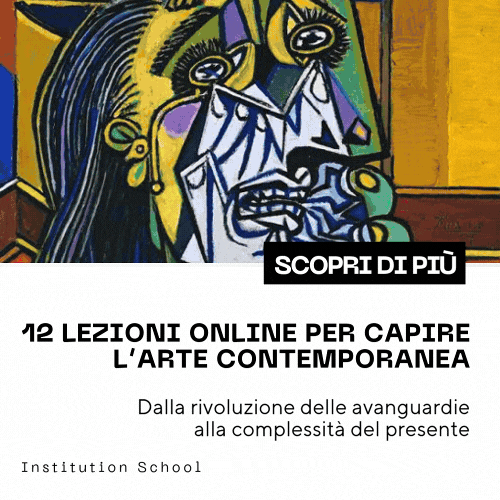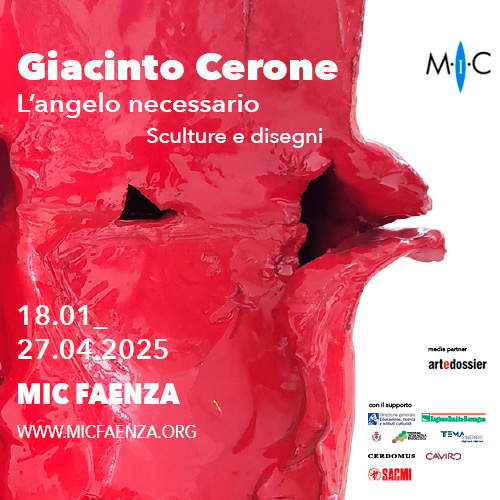Pompeii, reopens the House of the Silver Wedding
Reopening at Pompeii Archaeological Park is the Silver Wedding House, among the most solemn and majestic examples of what the dwelling of a member of Pompeii’s aristocracy must have looked like. The dwelling is characterized by impressive architectural solutions, such as the very tall Corinthian tufa columns in the atrium. It also features a rhodium-type peristyle, that is, with the northern side higher than the others: an architectural choice also documented in other Pompeian houses, such as in the House of the Anchor and the House of the Golden Cupids.
The last owner of the house was identified as Lucius Albucius Celsus on the basis of some graffiti and inscriptions found on many objects. The current appearance of the building can be dated to 40-30 B.C. when many rooms, especially those facing the atrium, were restored. The name Silver Wedding House is due to the visit of Royal Umberto I and Margaret of Savoy on the day of their silver wedding celebration in 1893.
The reopening ceremony of the House will be held on Tuesday, June 20, and will be the second event of the day at the Pompeii Archaeological Park, as the Conclusion Ceremony of the “Great Pompeii Project” chaired by Culture Minister Gennaro Sangiuliano will also be held.
In addition to Project Director General Gen. CC Giovanni Di Blasio and Pompeii Archaeological Park Director General Gabriel Zuchtriegel, Nicola De Michelis, Director of the European Commission’s “DG-REGIO.G - Smart and Sustainable Growth and Program Implementation IV” will be present. Guests of honor will be the Directors General who have taken turns at the helm of the Great Pompeii Project (Gen. C.A. Giovanni Nistri, former Commanding General of the Carabinieri, Gen. C.A. Luigi Curatoli and Gen. D. Mauro Cipolletta), and the Director General of Museums, former Director General of the Pompeii Archaeological Park Massimo Osanna.
During the ceremony, the development of the recovery program for the archaeological site will be retraced, illustrating the results achieved for which the intervention is now indicated by the European Union as a model to be pursued in the management of EU and national funds and a concrete example of productive synergy between the European Commission and the national government. A model whose rewarding factors were the immediate financial availability, the prompt reuse of the economies accrued as a result of the tender procedures and the establishment of a dedicated structure whose governance was entrusted on an ongoing basis to the Carabinieri Corps.
The Great Pompeii Project consisted of 76 interventions divided into 5 plans, carried out in two funding phases: the first amounting to a total of 39.7 million euros (from the 2007-2013 POIn Cultural Attractions programming cycle); the second amounting to 65.3 million euros (from the next financial programming cycle, Axis I of PON Culture and Development 2014-2020).
An impressive program, the implementation of which, against a financial endowment of 105 million euros, has involved the use, within a framework of security guaranteed by the application of a strict protocol of legality signed with the Prefecture of Naples, of more than 92.7 million euros, a figure that sets at 98.07% the total use of available resources.
At the end of the work on the ambitious program, 2.7 kilometers of excavation fronts (bordering the 22 hectares of area still not affected by excavations) are reported to have been secured and 30,000 tons of material (lapilli, ash and soil) removed, 50 kilometers of wall ridges safeguarded and 10.000 square meters of plasterwork for a total of 45 buildings under restoration, developed a facilitated route of more than 4 kilometers for people with reduced motor function, unearthed numerous archaeological finds (about 1167 and 168 necks of new objects and fragments of plasterwork), and monitored the activities conducted by the 781 economic operators involved in the work and services.
The complex of interventions carried out has increased the accessible area of the site and increased the attractiveness of the area in terms of culture and tourism, producing undoubtedly positive effects on the area’s employment and production fabric, also in terms of infrastructural endowment.
On this line is framed that path of institutional concertation initiated over time by the Greater Pompeii Unit, with the aim of promoting the redevelopment and social and economic development of the surrounding areas, included in the UNESCO serial site “Archaeological Areas of Pompeii, Herculaneum and Torre Annunziata,” also through the enhancement of the multiple cultural attractions present. An activity aimed at identifying new and more substantial investments to be allocated to the implementation of interventions aimed at the economic and social redevelopment and regeneration of the territories and to create the conditions for the development process to become permanent.
The design of the intervention at the House of the Silver Wedding was also financed with funds from the Great Pompeii Project derived from a virtuous mechanism of reusing tender savings.
Photo: Pompeii Archaeological Park
 |
| Pompeii, reopens the House of the Silver Wedding |
Warning: the translation into English of the original Italian article was created using automatic tools. We undertake to review all articles, but we do not guarantee the total absence of inaccuracies in the translation due to the program. You can find the original by clicking on the ITA button. If you find any mistake,please contact us.





























